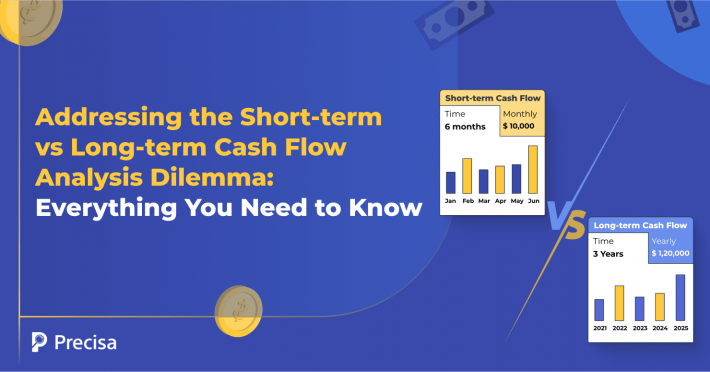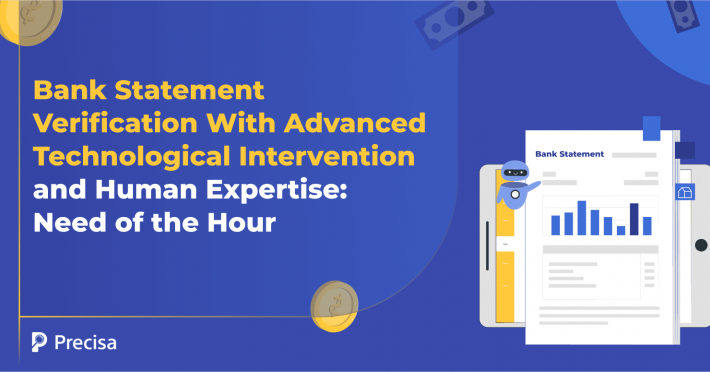Why Is Money Trail Detection Important in Preventing Economic Offences?

Economic offences like money laundering, shell companies, and tax evasion have escalated in India.
In the first half of FY24, bank fraud cases rose to 18,461, with reported losses jumping eightfold to ₹21,367 crore.
These financial crimes undermine public trust and destabilise the economy. The Enforcement Directorate (ED) responded by attaching assets worth ₹1.45 lakh crore under the PMLA by December 2024.
Despite these countermeasures, the Financial Action Task Force (FATF) rated India only “moderately” effective in fraud detection and prosecution.
This could be a perfect time for lenders to take action to tackle the menace of organised economic offenses.
Let’s take a closer look at how AI-money-laundering analysis (AML) tools are helping financial institutions streamline detecting money trails and ensure AML regulatory compliance.
What is Money Trail Detection?
Money trail detection tracks financial transactions to identify suspicious patterns that might indicate illegal activities. It includes analysing transaction history, spotting unusual money movements, and flagging potentially fraudulent activities.
Enforcement agencies and banks often rely on bank statements to get this information. When borrowers apply for a loan, they are asked to submit their recent income-related statements.
Lenders then look through these to understand spending behaviour, income sources, and repayment patterns.
Money Trail Detection and Economic Offences
Economic offences often hide behind complex transaction trails. The ED and other agencies regularly uncover large-scale scams involving fake invoices, shell companies, and round-tripping.
For example, the Finance Ministry revealed that the Financial Intelligence Unit has identified undisclosed income of approximately ₹11,000 crore in 2024.
In an older case, the ED found ₹800 crore being routed through multiple fake firms in a Delhi-based hawala racket. These offences often go unnoticed in the early stages because there is no proper trail tracking.
For lenders, early detection of such patterns is essential. Identifying the following anomalies can prevent bad loans and reduce legal risk:
- Frequent transfers between linked accounts
- Accounts showing inflows and outflows of similar amounts
- Use of personal accounts for business purposes
- Repeated transfers with unclear narration
5 Reasons Why Money Trail Detection is Important
For financial institutions and regulatory authorities, accurate detection can help in:
1. Combating Money Laundering
Money laundering follows three stages: placement, layering, and integration.
In placement, illicit funds enter the financial system. During layering, complex transactions hide the money’s origin. Finally, integration brings the laundered funds back into the legitimate economy.
According to the UN Office on Drugs and Crime, money laundering costs approximately 2-5% of global GDP. This equals roughly ₹150-₹375 lakh crore in India—money that could support economic development and social welfare programmes.
2. Preventing Terrorist Financing
Terrorist organisations often use hidden financial channels to fund their operations. Proactive detection tactics help identify and block these funding routes, stopping potential terrorist activities before they happen.
In 2023, authorities froze more than 300 bank accounts linked to terror financing using advanced money trail detection measures.
3. Preventing Fraud in Digital Payments

The popularity of digital payment platforms has also led to a rise in phishing scams and cyberattacks.
According to the Finance Ministry’s data, Unified Payment Interface (UPI) fraud rose by 85% in FY 2023-24 compared to FY 2022-23.
Tracing the money trail can help identify fraudulent transactions early.
4. Ensuring Regulatory Compliance
Financial institutions must follow various regulatory requirements from bodies like the Reserve Bank of India (RBI), the Securities and Exchange Board of India (SEBI), and AML and Counter-Terrorism Financing (CTF) regulations.
Non-compliance can result in heavy penalties, damage to reputation, and operational restrictions. A major Indian bank faced penalties of ₹5 crore in 2023 for inadequate money laundering controls.
In addition, with over ₹1,673 crore UPI transactions recorded in December 2024 alone, real-time money trail tracing with AI and machine learning becomes critical in preventing economic offences.
5. Challenges in Money Trail Detection
Despite its importance, the processes face several challenges:
- Volume of Transactions: The sheer number of digital transactions daily can make it difficult to identify suspicious activities without advanced analytical tools.
- Smurfing: Breaking large sums into smaller transactions below reporting limits.
- Trade-Based Money Laundering: Manipulating trade transactions to move money across borders.
- Shell Companies: Using fake entities to hide ownership of assets.
- Cross-Border Complexities: International transactions involve multiple jurisdictions with varying regulations, complicating the tracking process.
What is the Role of Technology in Money Trail Detection?
Here’s how advanced technology like AI-based bank statement analysers and AML solutions is helping financial institutions detect money trails:
1. AI and Machine Learning
Artificial Intelligence and Machine Learning algorithms analyse large amounts of transaction data to identify unusual patterns. These systems improve over time, learning to detect subtle signs of fraudulent activity.
2. Blockchain Technology
Blockchain creates an unchangeable record of transactions, making it hard for criminals to alter financial records. This technology lets institutions trace funds with greater accuracy.
3. Advanced Data Analytics
Modern data analytics tools process huge transaction volumes to identify patterns that human analysts might miss. These tools can connect data from multiple sources to build a complete view of financial activities.
4. Multi-factor Authentication (MFA) and Biometric Security
Multi-factor authentication and biometric security strengthen digital platforms by adding additional layers of protection against unauthorised access.
Even if initial barriers like OTPs or email codes are compromised, biometric scans (such as fingerprint or facial recognition) and physical tokens act as a second line of defence.
Final Thoughts
Given the surge in economic offences and more advanced money-hiding techniques, financial institutions must implement strong money trail detection systems to stay ahead of the criminals.
Precisa’s Anti-Money Laundering (AML) analysis provides a solution for both financial institutions and law enforcement agencies.
The solution analyses bank statements to identify suspicious transaction patterns in complex inter-bank transfers to uncover laundering or fraud. For law enforcement agencies, Precisa provides tools to trace money through complex transaction networks, helping them investigate and prosecute financial crimes more effectively.
You can also integrate Precisa’s analytics capability with your existing tools and systems for a faster and more secure money trail detection process.
Request a free demo today to see how Precisa can maximise your capabilities!



